This article is part of our series on Edomae sushi, otherwise, checkout our series on aging fish.
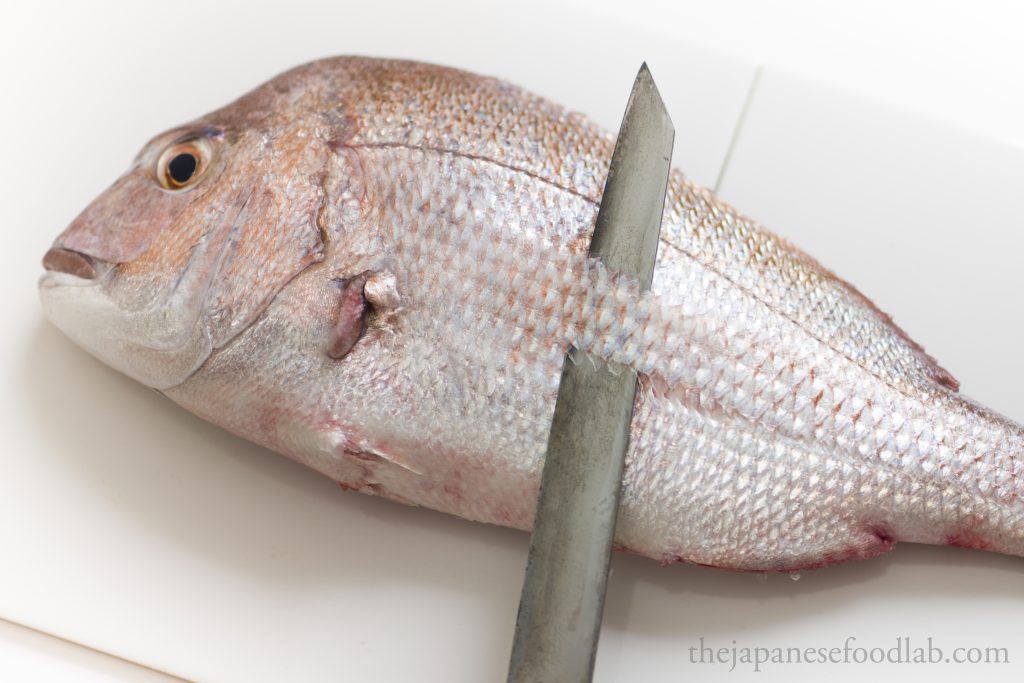
When preparing fish for sushi and sashimi, the standard technique used to remove the scales from fish is to use a traditional brass fish scaler (urokotori/うろこ取り) to scrub away the scales from the skin for larger fish like kinmedai or tai, or to use the tip of a knife to scrape off the scales on smaller fish like kohada or kasugo.
These methods are quick and efficient, requiring little skill and only a little elbow grease. However, they also tend to be quite harsh on the fish. The pressure of a urokotori on the fish can bruise the flesh and damage the internal organs, especially for less fresh fish that can have a softer belly. A urokotori scaler is also very efficient at removing large scales as they easily get caught in the grooves of the scaler, but can sometimes miss smaller and finer scales.
In these scenarios, a scaling technique known as sukibiki (すき引き) can sometimes be more appropriate.
What is sukibiki?
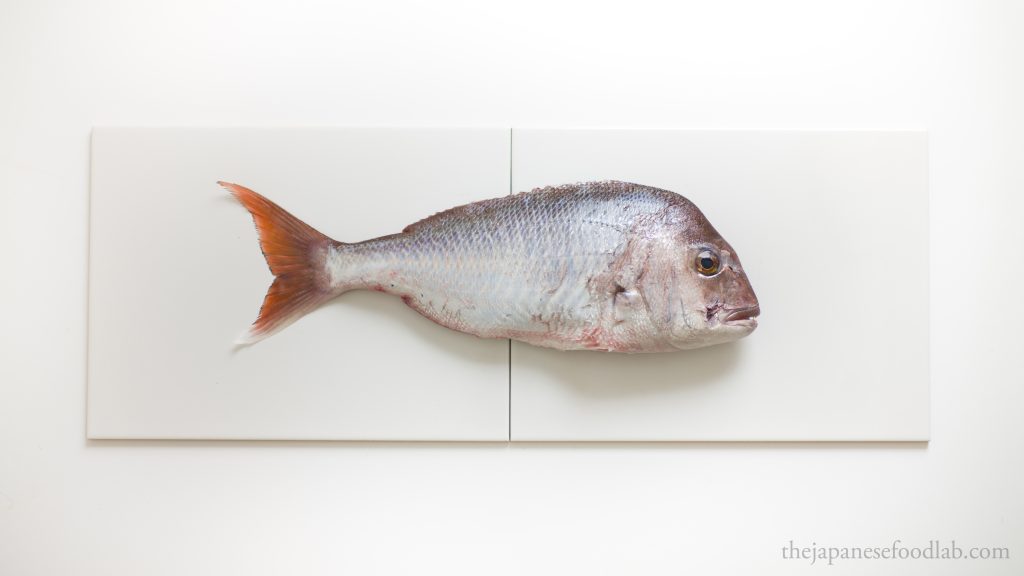
Sukibiki involves the removal of fish scales by cutting the scales away from the skin using a sawing motion.
It requires a little more care, skill and practice to execute correctly, but is a method of scaling that is much gentler on the fish. Typically, it is applied on flat fish such as hirame and mako garei or fish with small scales such as suzuki or buri.
In modern applications, the sukibiki technique is used to scale fish for dry aging as it not only removes scales but also the surrounding skin which may trap water and lead to bacteria growth during dry aging. This technique is not used when preparing fish for wet aging as used in Edomae sushi, or in preparation of sushi and sashimi.
This technique is usually done before the fish is gutted as it helps the fish retain its shape, making it easier to scale. You’ll find it quite hard to cut away the scales on the belly of the fish if you remove the internal organs first as the stomach will then collapse into the cavity.
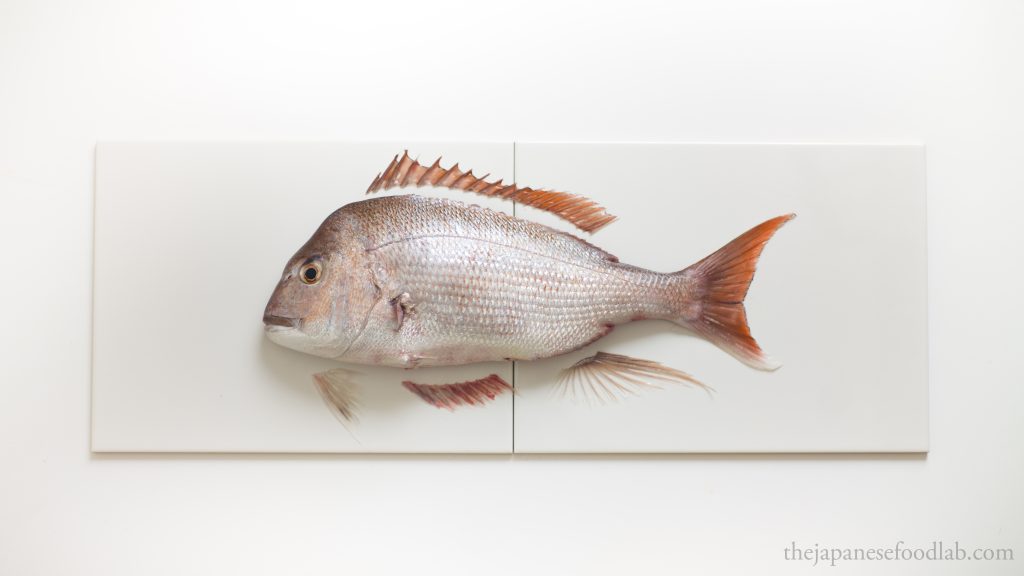
Step by step instructions to scale fish with the sukibiki technique
Using a pair of scissors, start by cutting off any fins on the fish that might get in the way. We usually cut off all the fins except the caudal fin. This helps you cut all away the scales from all parts of the fish.
Lay the fish on the cutting board. Working from tail to head, cut under the scales in a long sawing motion. The scales should come off in one long strip. Continue the sawing motion until you reach the head and remove the strip of scales.

Repeat over and over again, removing the scales of the fish strip by strip, as though peeling a potato.
Turn the fish over and scale the other side.
If it’s very hard to cut off the scales between the pelvic and anal fin, or below the collar in front of the pectoral fin, it’s not uncommon to then switch over to a conventional scaler to finish the job.
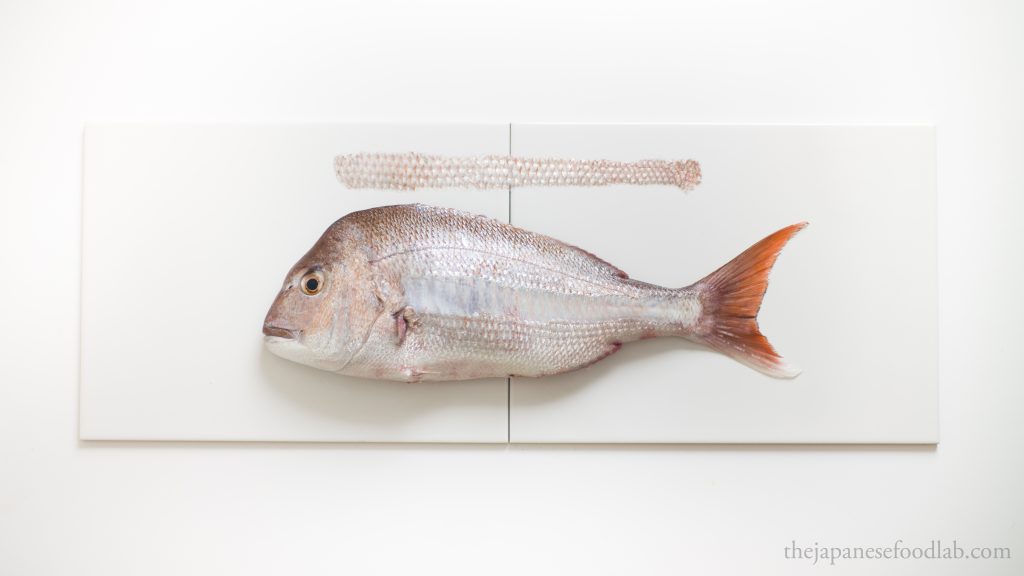
Once all the scales have been removed from the fish, you can now cut through the belly and clean out the fish by removing the guts and gills.
Tips and tricks to successfully execute the sukibiki technique
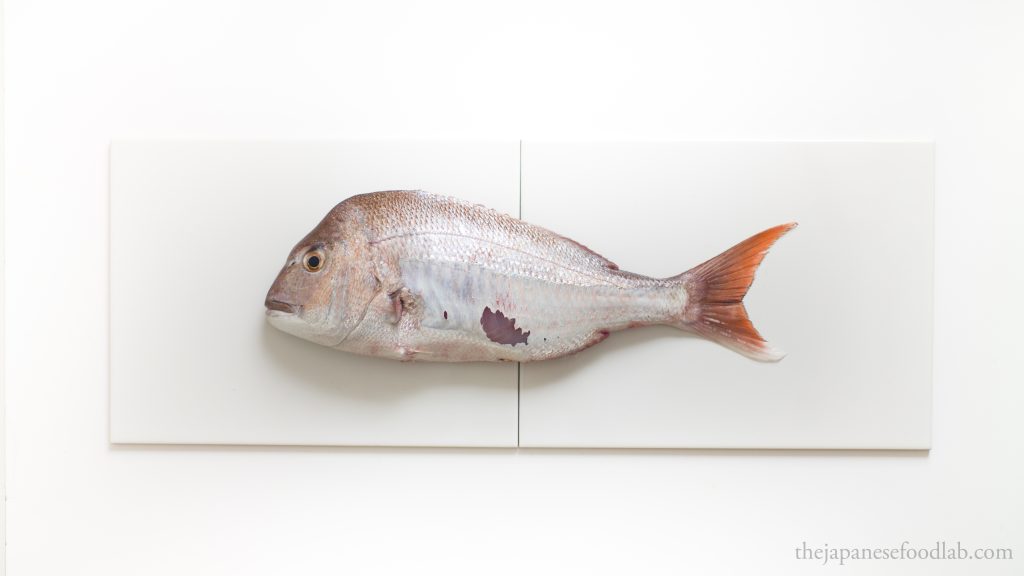
Cutting into the flesh of the fish is one of the easiest mistakes to make when first learning the sukibiki technique. There’s nothing quite like the feeling of dread that fills you up knowing the bollocking you’d be receiving for such an error as the damage is irreversible. However, the key here is to focus on the present, understanding that you’d get better and better with practice, and to keep going.
The success and speed at which it’s possible to cut off the scales of a fish is highly dependent on the sharpness of the knife. A shape knife allows you to cut the scales away from the skin with ease, whilst a blunt knife requires more force to be applied, increasing the risk of either the scales being ripped off from the skin leaving tiny holes, or knife cutting into the flesh of the skin. Remember to make sure the tip of the knife is sharp as well, as you need the entire length of the blade to be sharp to cut every part of the fish’s body, especially for smaller fish.
Another tip is to make sure the knife is ever so slightly angled upwards away from the skin, meaning that if the knife does snag or accidentally cut too quickly, it won’t dig into the flesh and instead cut through the skin. If you start to feel a lot of resistance, it’s like that your knife is dragging scales along as it goes and the scales are starting to get in the way of the cutting motion. At this instance, you can wipe down your knife and quickly wet your knife. The water will act as a little lubricant allowing the cutting motion to be smoother.
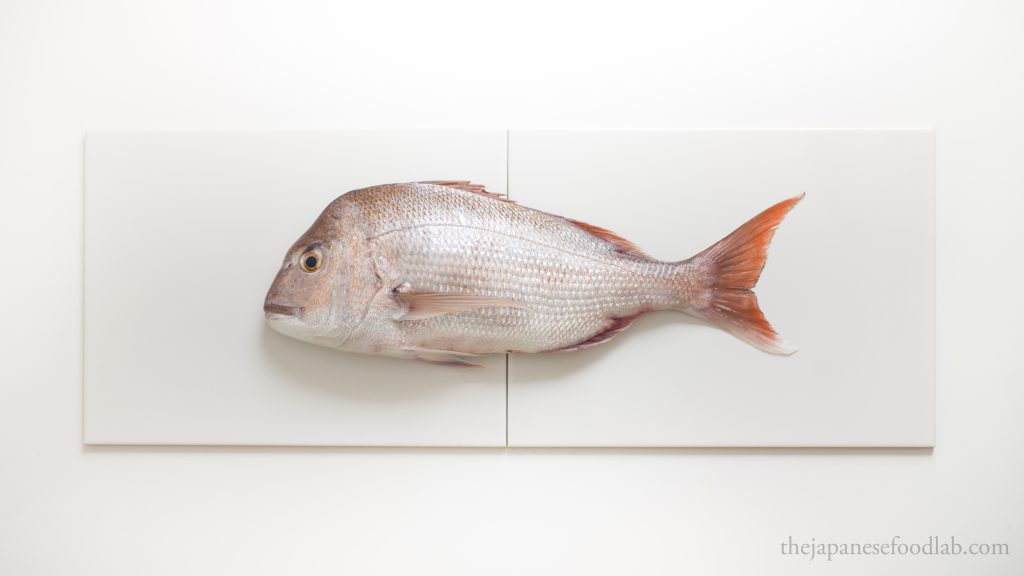
A particularly tricky part of the sukibiki technique is when you need to start cutting the fins from either the belly of the fish, or the top part of the fish near the dorsal fins. This is because it can be hard to angle the knife to execute the correct cutting motion and you may be forced to use the tip of the knife instead of the main body. In this scenario, it’s sometimes helpful to move the chopping board and fish to the very edge of the table, so that you can position your hand and knife handle at a level below the table under the cutting board, with the blade pointing upwards at an angle. At this position, it’s much easier to cut off the scales. Also don’t be afraid of rotating the fish around the reach of certain spots.
If you’re dealing with particularly slimy fish or your cutting board is wet, you can prevent the fish from moving from the cutting motion by placing a piece of damp kitchen paper or wet towel between the fish and cutting board.
In the recipe, we recommend cutting off the fins as they tend to get in the way of the knife cutting motion but as you get more and more experienced, it’s sometimes possible to completely remove all the scales of the fish without cutting any of the fins, thus preserving the look of the fish.